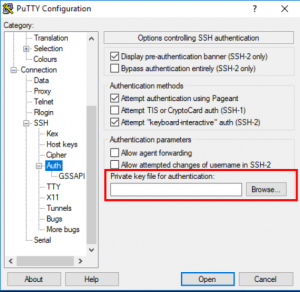
Regardless of what client you use, FTP/SFTP is generally slow with multi-file transfer operations due to protocol limitations. Easy access to terminal for running shell commands associated with particular local or server locations.Generally, more convenient file management operations (copy, move, duplicate, etc.) compared to Filezilla.Dual-pane window for easier file transfers between any two locations.WinSCP has several key features that make it so popular among those who remotely manage server resources. Why is WinSCP one of the most preferred SFTP clients on Windows? 3.2.3 Delete multiple remote files faster.3.2.2 Copy and Duplicate remote files faster.3.2 Move, Copy, Duplicate, Delete files faster using SSH.3.1.1 How to Zip, Unzip local and remote files.3.1 Zip, Unzip files on server using SSH.3 Get faster FTP/SFTP transfer speed with multi-file operations.2.1 Transmit 5 Features & comparison with WinSCP.1 Why is WinSCP one of the most preferred SFTP clients on Windows?.Slashes (\) and backslashes (/) are also not interchangeable as they are in a Windows environment. Note all commands here are case sensitive. It’s worth restarting the http service and confirming both start OK. If the above does not work, you may have a different problem, not currently covered in this guide. Restart the HTTP server / amend configuration # Periodically attempt to reconnect to WinSCP / the Web page, or use QFinder to determine when the QNAP is back online. Leave it to do what it needs to do for at least half an hour. Note it may take a long time for the NAS to reboot. Type “reboot” and click execute to reboot the NAS.qtoken files to your local machine as a backup


Click Open Directory and enter: /etc/config/.qos_config/users/admin/.Connect to the IP of your QNAP NAS as Admin.In WinSCP, set the option to show hidden files (keyboard shortcut Ctrl-Alt-H or Click Options > Preferences > Panels and ensure that “Show hidden files” is checked, then click OK ).I’m assuming at this point that you’ve tried rebooting the NAS and that hasn’t resolved the issue. A firmware update may cause a mismatch between the config file and the service being run. Sometimes a configuration problem will cause the service to behave badly. The cause can be a number of things, but it boils down to an issue with the http service or proxy service on the QNAP. You’re trying to connect to your NAS’s web interface but it’s just spinning forever and not actually loading.


 0 kommentar(er)
0 kommentar(er)
